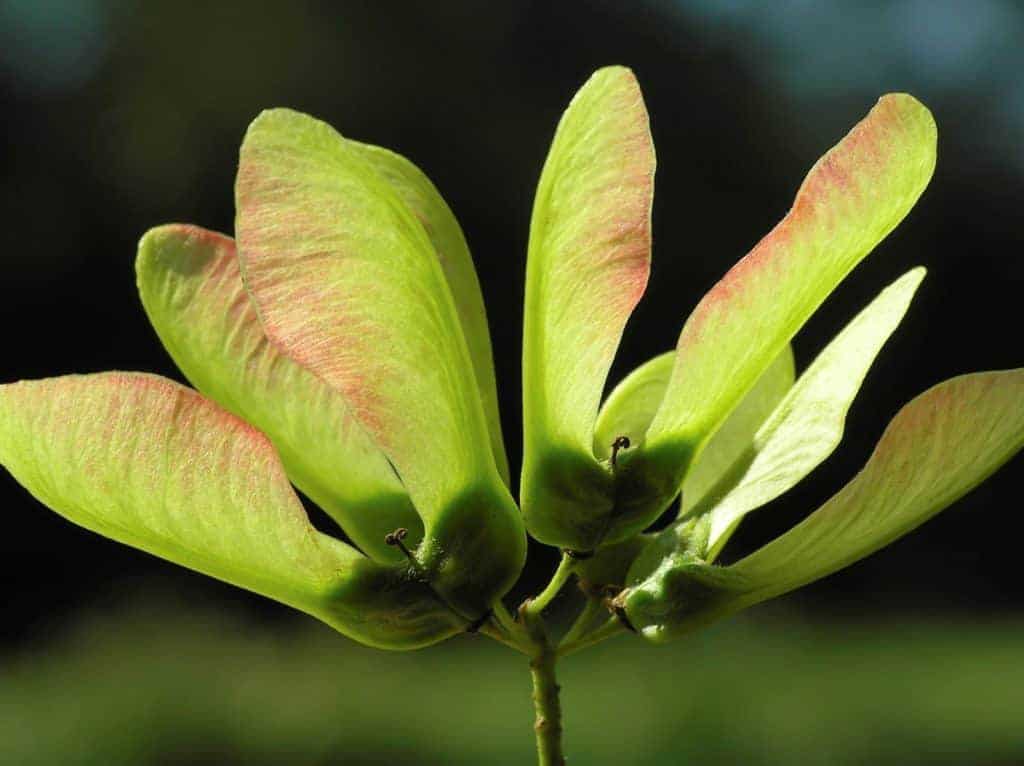
What’s Lurking in Your Horse’s Forage?
From toxins and molds to opossum droppings and animal carcasses, forage can contain a variety of harmful contaminants.

From toxins and molds to opossum droppings and animal carcasses, forage can contain a variety of harmful contaminants.

Vets are warning horse owners to take extra precautions as autumn winds could blow toxic sycamore seeds into pastures.
Western Milling voluntarily recalled horse feed that could be contaminated with monensin, which is toxic to horses.

Testing confirmed cantharidin in a single load of hay. The contamination has been linked to the deaths of six horses.

Creeping indigo was once studied for its potential as a livestock feed, but can be deadly to horses.

Five horses that ate the alfalfa hay, which contained blister beetles, have died.

Creeping Charlie, or ground ivy, is toxic, but generally horses must consume large quantities for a reaction to occur.

Now is the time to identify sycamore trees around horse pastures and reduce horses’ risk of consuming the toxic seeds.

Still, the researchers found that spontaneous recovery is possible following trichothecene intoxication in horses.

Fumonisins are dangerous mycotoxins sometimes found in feed. Here’s what to watch for and how to protect your horse.

Slobbers often results from horses ingesting a compound (slaframine) produced by a fungus on legumes such as clover.

The plant was introduced into Florida in 1925 as a potential forage source but was found to be toxic to horses.

Krista Lea, MS, of the University of Kentucky, presents information to help horse owners and veterinarians understand the stability of ergovaline in endophyte-infected tall fescue, which causes toxicosis in broodmares.

Drought-related toxicity in horses is rare but typically has serious consequences if it occurs.

Specific bloodwork showed differences between horses with atypical myopathy that survived and those that died.

Of the 673 respondents, 201 (30%) said they are most concerned about red maple trees.
Stay on top of the most recent Horse Health news with
"*" indicates required fields